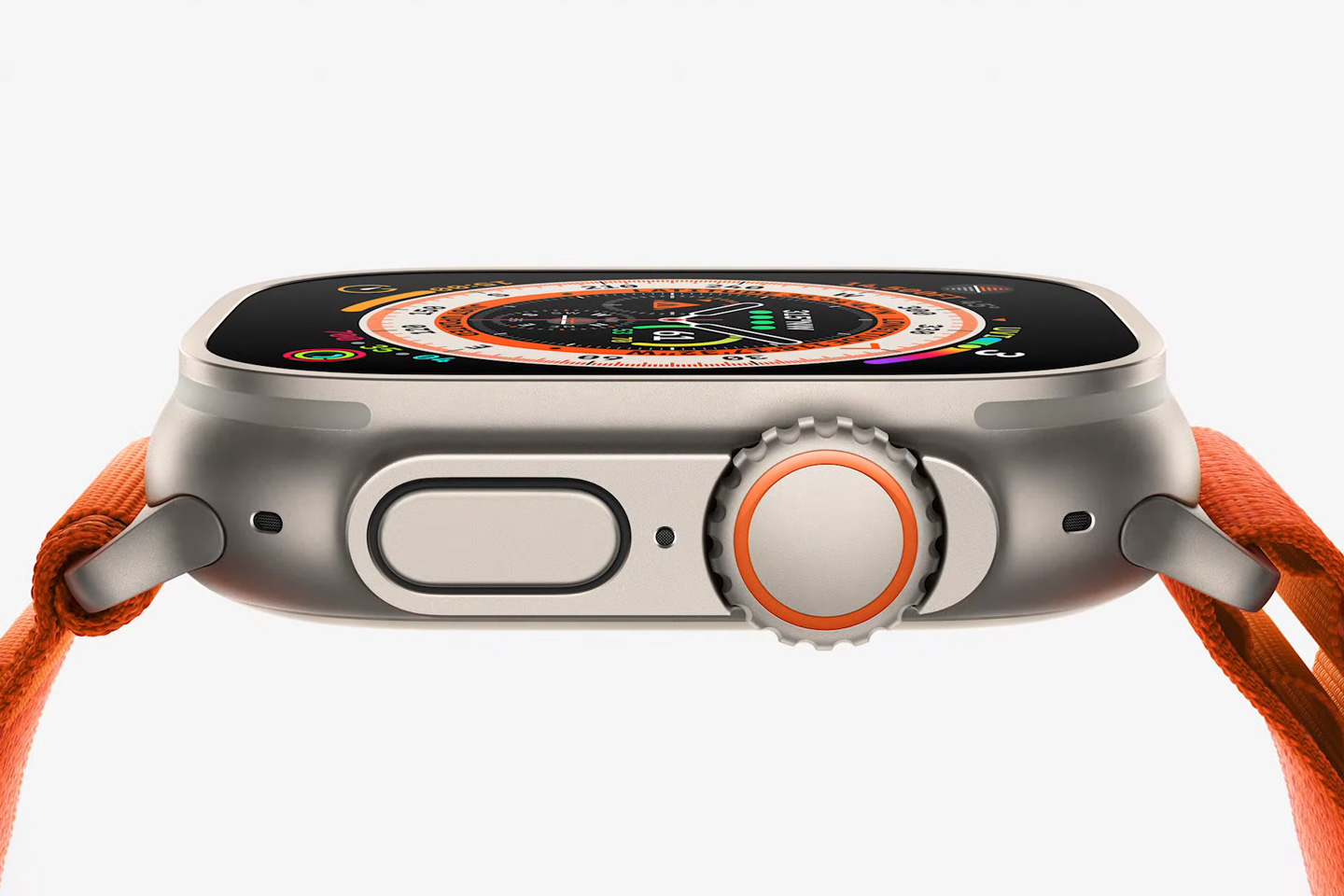#How to Get Wi-Fi on the Road

Table of Contents
“#How to Get Wi-Fi on the Road”

Staying connected when traveling can be tricky if you’re not in a hotel, but it’s possible. Whether you’re on a cross-country road trip or going camping, or even if you just need some Wi-Fi on a long drive, there are ways to stay connected while you’re on the road.
Use Your Smartphone’s Hotspot Function
Probably the most straightforward solution, your smartphone’s hotspot mode can be a lifesaver when it comes to staying connected on the road.
Android and iPhone both make this easy to do, creating a secure local network complete with a password. This method lets you connect other devices (like a laptop, for example) to the network if you have to send a few emails—or if you just want to stream shows on a bigger screen.
Make sure that you’re familiar with the limits of your wireless contract before going this route. If you have an unlimited data plan, you’ll likely avoid any charges from increased data usage. If you don’t, know how long your data will last and plan accordingly. To save power and megabytes, download entertainment to your phone or hard drive before you leave.
Also, check to see whether hotspot data is transmitted at the same speed as your phone. Even if you have a 5G device, your carrier might restrict hotspot (also called “tethered”) data to something slower, like 3G.
If you’re going this route, you’ll definitely need a car charger and/or a power pack to keep your phone’s battery life up. Hotspot mode burns through power pretty quickly on most phones.
Bring a Mobile Hotspot
You can create a similar network to a cellular hotspot with a dedicated mobile hotspot device. It’s basically just a router, so you can’t browse on one, but it still works if you’re using something like a lightweight laptop as your main device and don’t have a hotspot-capable phone.
The price for one of these devices can be anywhere from $100 to over $200, and some of them require a monthly service fee. They usually plug into a USB port and can come with an internal battery, making the network that they create more portable.
You’ll want to look for something that fits your budget and provides:
- fast data speeds
- a flexible plan
- multiple Wi-Fi options
- good battery life
- a portable form factor
Portable hotspots can also be great when you’re traveling internationally, as they help you avoid massive data roaming charges and might provide faster speeds than the local internet can. Your wireless service provider will likely have one that you can buy, but be sure to shop around to find the best deal.
RELATED: The Best Portable Wi-Fi Hotspots for 2020
Use an OBD-II Device
These devices are different from a typical mobile hotspot in that they don’t connect via USB. Instead, they plug into your car’s OBD-II port—the same one that mechanics use to connect a diagnostic tool.
That means that you won’t be able to get very far from your car when you’re using this device’s network. But if you’re only planning to use it en route to the campsite or hotel, it shouldn’t be an issue.
Since it plugs into the diagnostic port on your car, an OBD-II device can actually broadcast diagnostic information to an app on your smartphone. In addition to a local wireless network, you also get metrics like vehicle-tracking data.
One of these will run you anywhere from $50 to $200, depending on how advanced the device is and what kind of contract you get with it. AT&T, T-Mobile, and Verizon all offer these devices with data plans. Contracts are around $20 and up, usually paid per month.
Find a Public Wi-Fi Connection
If none of these is an option or you don’t have service, there’s always the old standby of public Wi-Fi hotspots. McDonald’s, Starbucks, and even big box stores like Target all usually have public Wi-Fi that you can use in a pinch—often while sitting in the parking lot.
If you’re unsure of where to find free Wi-Fi near you, apps like NetSpot and Wi-Fi Map offer databases of public hotspots. Even Facebook’s app can help you find the closest free network.
If you have to use a public connection, be as safe as possible with your data. Use a VPN if you have one and avoid entering sensitive information or payment details on any websites that you visit.
RELATED: What Is a VPN, and Why Would I Need One?
If you liked the article, do not forget to share it with your friends. Follow us on Google News too, click on the star and choose us from your favorites.
For forums sites go to Forum.BuradaBiliyorum.Com
If you want to read more like this article, you can visit our Technology category.



